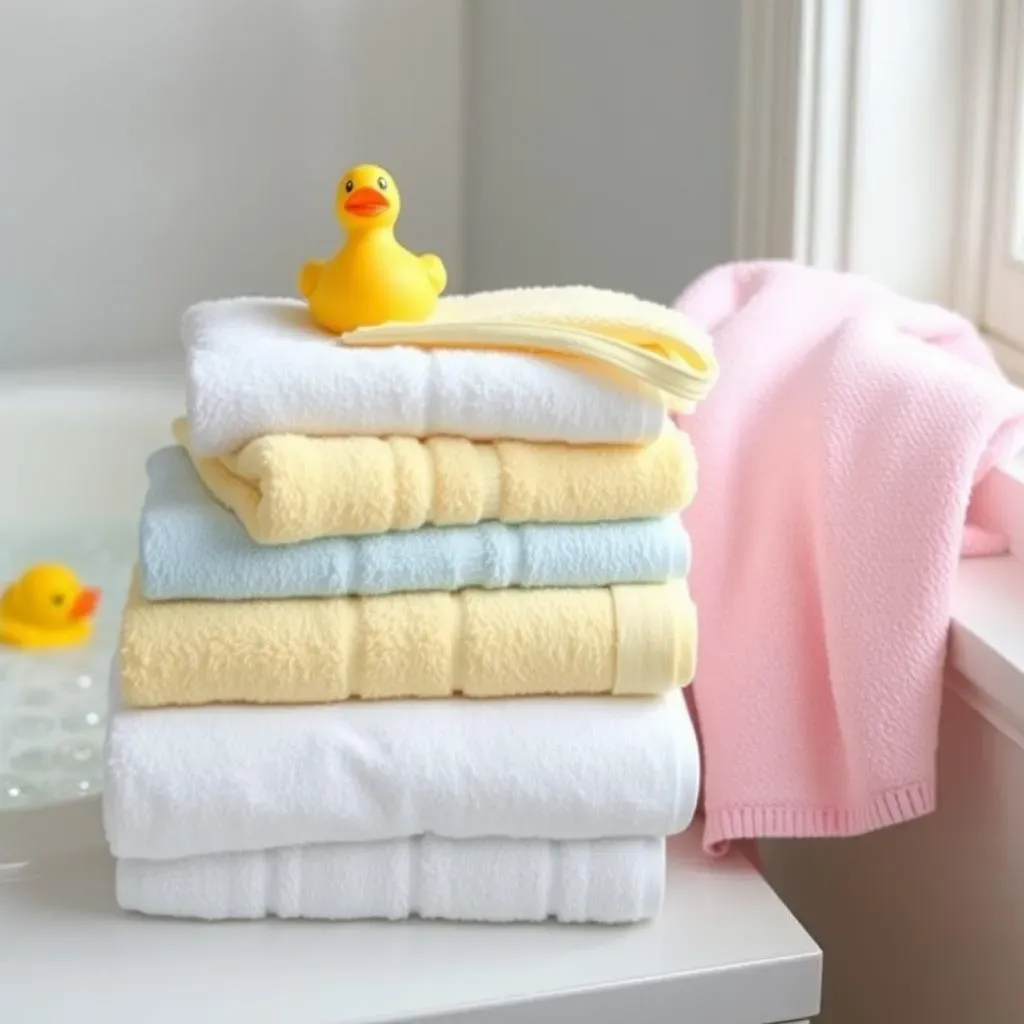Table of Contents
Bringing a new baby home is a whirlwind of tiny clothes, adorable toys, and a whole lot of questions. Among the many things to consider, figuring out the essentials for bath time can be surprisingly tricky. One question that often pops up is: how many bath towels do you need for a baby? It might seem simple, but having the right number of soft, absorbent towels can make bath time smoother and more enjoyable for both you and your little one. This article dives into the factors that influence how many towels are ideal, from laundry frequency to the types of towels that work best for delicate skin. We'll explore materials, sizes, and even innovative features to look for, ensuring you're well-prepared to keep your baby clean, cozy, and happy after every bath. Get ready to simplify your baby bath routine with these practical tips!
Factors to Consider When Determining How Many Baby Bath Towels You Need
Factors to Consider When Determining How Many Baby Bath Towels You Need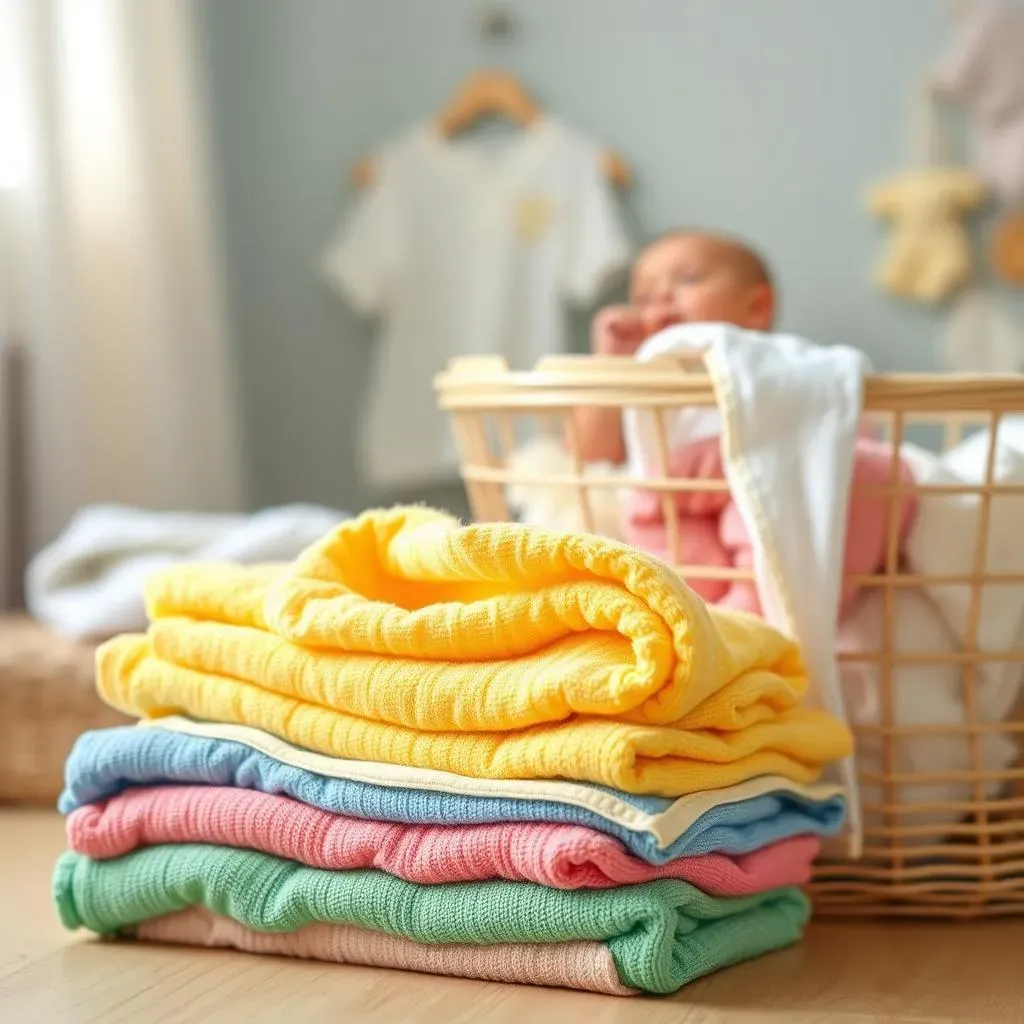
so you're wondering about baby bath towels, right? It's not just a random number. Several things play into figuring out how many you actually need. First off, think about how often you plan to do laundry. Are you a wash-every-day kind of person, or do you prefer to let things pile up a bit? This is huge because if you're washing towels daily, you can get away with fewer. Also, consider how often you bathe your baby. Newborns don't need a bath every single day, but as they get older and start exploring (and making messes!), bath time might become a more regular event. And, let's be real, spills and accidents happen. Sometimes a towel is needed for more than just drying off after a bath. Spit-up, diaper explosions, you name it – a towel can be a lifesaver.
Choosing the Right Type of Baby Bath Towel: Material, Size, and Absorbency
Choosing the Right Type of Baby Bath Towel: Material, Size, and Absorbency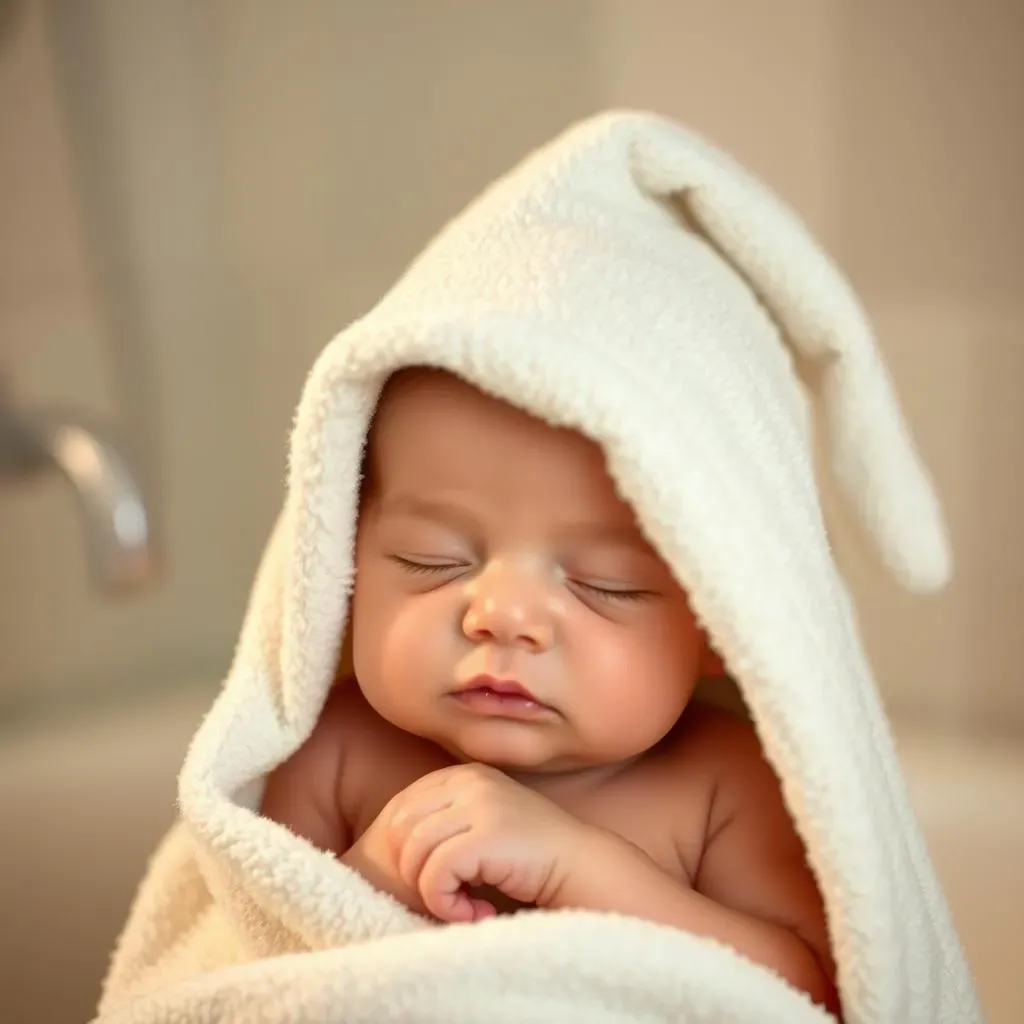
Material Matters: Softness and Safety
When it comes to baby bath towels, the material is king. You want something incredibly soft against your baby's delicate skin. Think about it – newborns have skin that's way more sensitive than ours. Harsh fabrics can cause irritation and discomfort. That's why materials like organic cotton and bamboo are so popular. Organic cotton is grown without pesticides or harsh chemicals, making it a gentle and safe choice. Bamboo is naturally soft, absorbent, and has antibacterial properties, which is a bonus. Avoid anything too rough or synthetic, as these can be irritating.
Also, consider the weave of the fabric. A tighter weave will generally be softer and more durable. Look for towels that are labeled as "plush" or "velour" for extra softness. Trust me, your baby will thank you!
Size and Shape: Hooded vs. Standard
Size definitely matters when choosing baby bath towels. You want something big enough to wrap your baby up snugly, but not so big that it's overwhelming. Hooded towels are a popular choice because the hood helps keep your baby's head warm after a bath. It's like a little built-in hat! Standard rectangular towels work just fine too, but you might need to be a bit more strategic about wrapping to keep them warm.
Here's a quick comparison:
Towel Type | Pros | Cons |
|---|---|---|
Hooded Towels | Keeps head warm, cute design | Can be smaller overall |
Standard Towels | Larger size, versatile | Requires more wrapping skill |
Ultimately, it comes down to personal preference. Some parents swear by hooded towels, while others prefer the versatility of a standard towel. Try both and see what works best for you!
Absorbency: Drying Power
What's the point of a bath towel if it doesn't actually dry your baby? Absorbency is a key factor to consider. Look for materials that are known for their absorbent properties, like cotton and bamboo. A thicker towel will generally be more absorbent than a thin one, but it will also take longer to dry. You want a good balance between absorbency and drying time to prevent the towel from becoming a breeding ground for bacteria.
To test the absorbency of a towel, you can do a simple water test. Drip a few drops of water onto the towel and see how quickly it absorbs. If the water beads up on the surface, it's not very absorbent. A good towel should quickly soak up the water.
Don't underestimate the importance of a good, absorbent towel. A dry baby is a happy baby!
Washing and Caring for Your Baby's Bath Towels: Hygiene Matters
Washing and Caring for Your Baby's Bath Towels: Hygiene Matters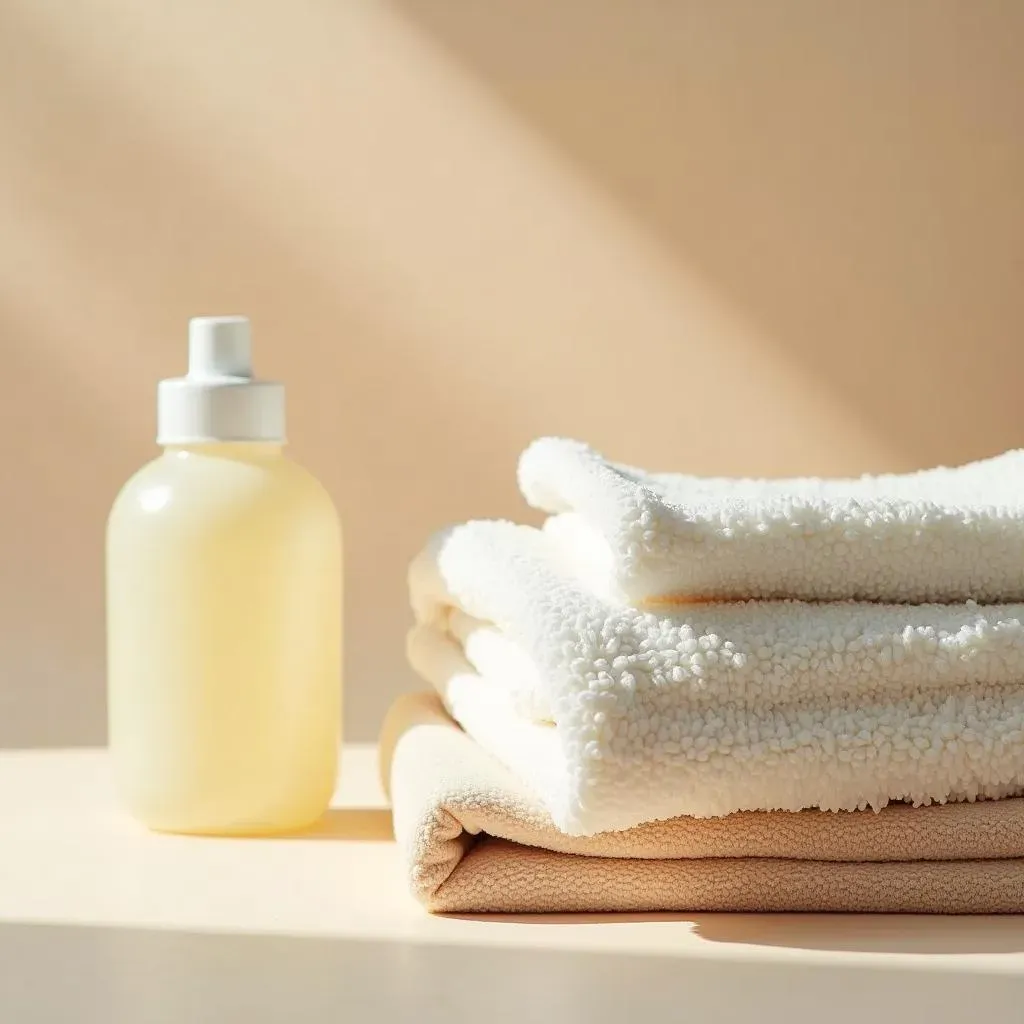
Alright, let's talk about the not-so-glamorous but super important part: washing and caring for your baby's bath towels. I cannot stress enough how crucial hygiene is when it comes to these things. Babies are delicate, and their immune systems are still developing, making them more susceptible to germs and bacteria. Think about it – bath towels are constantly exposed to moisture, which creates the perfect breeding ground for all sorts of nasties. If you're not washing them properly, you could be exposing your baby to harmful bacteria every time you dry them off. So, let's dive into the best practices for keeping those towels clean and safe.
First things first: always use a mild, baby-safe detergent. Harsh chemicals and fragrances can irritate your baby's skin, so it's best to stick with gentle formulas specifically designed for babies. And don't go overboard with the amount of detergent – less is more! Too much detergent can leave residue on the towels, which can also cause irritation. Hot water is your friend when it comes to killing germs, but always check the care label on the towels to make sure they can withstand high temperatures. If not, warm water will still do the trick.
- Mild Detergent: Choose baby-safe formulas.
- Hot Water: Kills germs, check the care label.
- Avoid Fabric Softeners: Can reduce absorbency.
Also, skip the fabric softener. While it might make the towels feel extra soft, it can also reduce their absorbency and leave a coating that irritates sensitive skin. Trust me, the extra softness isn't worth the risk of irritating your baby's skin.
How Often Should You Wash Baby Bath Towels? Best Practices for Cleanliness
How Often Should You Wash Baby Bath Towels? Best Practices for Cleanliness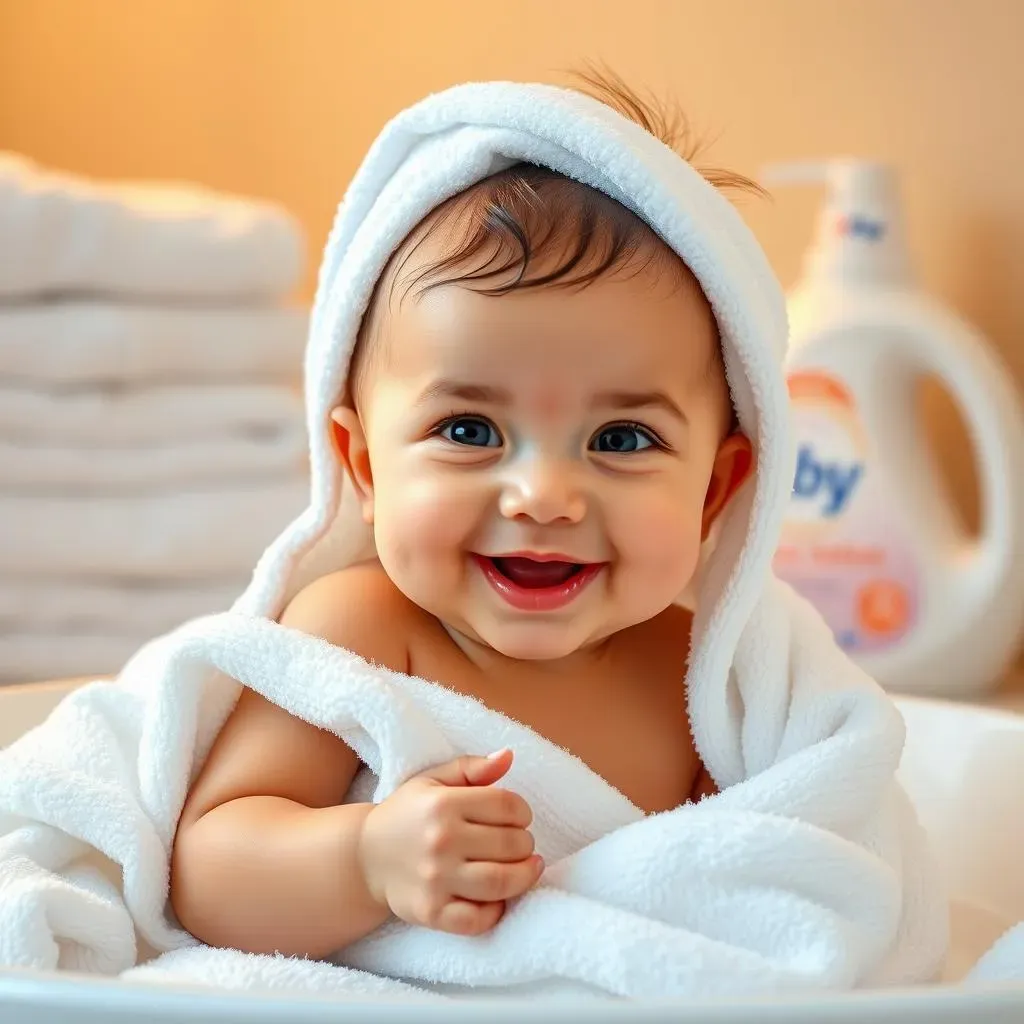
so how often should you wash baby bath towels? This is a question I get asked all the time. The general rule of thumb is after every use. Yeah, I know it sounds like a lot, but think about it – these towels are used to dry off your baby after a bath, which means they're exposed to moisture and any lingering bacteria from the bathwater. Plus, babies are masters of mess, so there's a good chance those towels are also coming into contact with spit-up, drool, or other bodily fluids. Washing after each use ensures you're always drying your baby with a clean towel. If that seems like overkill for you, aim to wash them at least every other day, especially if your baby has any skin conditions like eczema. Those conditions make them extra susceptible to irritation, and clean towels are a must.
Now, let's talk about best practices. First off, make sure the towels are completely dry before you toss them into the laundry basket. Damp towels are a breeding ground for mold and mildew, which is definitely not something you want near your baby. If you live in a humid climate, consider using a dehumidifier or hanging the towels in a well-ventilated area to help them dry faster. When you do wash them, use hot water and a gentle, fragrance-free detergent. Avoid using fabric softeners, as they can leave a residue that irritates your baby's skin and reduces the towel's absorbency. And finally, make sure to dry the towels thoroughly in the dryer on high heat. This will help kill any remaining bacteria and keep them fluffy and soft.
If you're looking for ways to make the laundry process easier, consider investing in a few extra towels. This way, you'll always have a clean towel on hand, even if you haven't had time to do laundry. You can also try using mesh laundry bags to keep the towels separate from other items in the wash. This will help prevent them from getting tangled and ensure they get thoroughly cleaned.
Frequency | Why? | Best Practices |
|---|---|---|
After Every Use | Minimizes bacteria exposure. | Hot water, gentle detergent, thorough drying. |
At Least Every Other Day | Acceptable if baby has no skin issues. | Ensure towels are completely dry before washing. |
Beyond the Basics: Innovative Baby Bath Towel Options and Features
Beyond the Basics: Innovative Baby Bath Towel Options and Features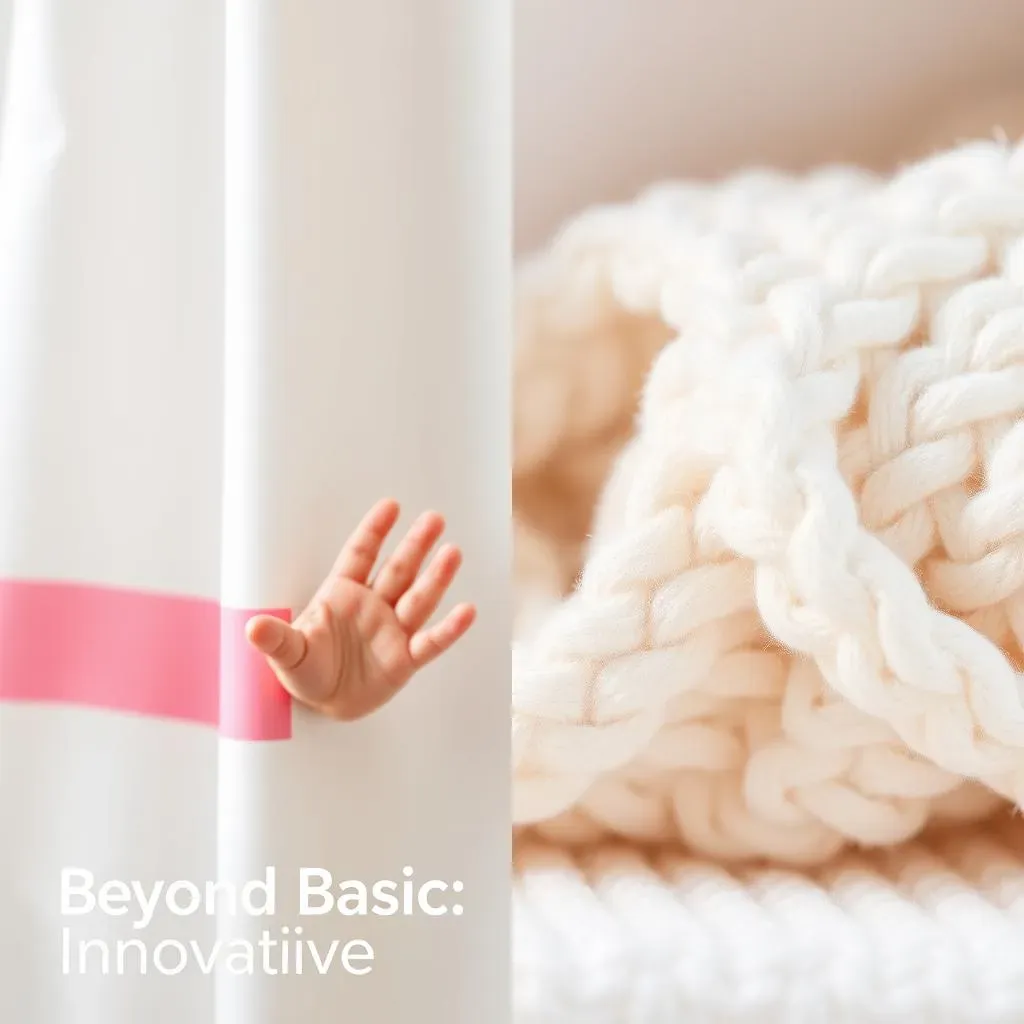
Color-Changing Towels: Detecting Bacteria
so you've got the basics down, but let's talk about some seriously cool innovations in the world of baby bath towels. I'm talking about towels that go above and beyond just drying your baby. Have you heard of color-changing towels? These are designed to detect bacteria. Seriously! They have special strips that change color when they come into contact with certain types of bacteria, giving you a visual cue that it's time for a wash, even if the towel looks clean. Mizu Towels are a popular brand that uses this technology. It's peace of mind for germ-conscious parents.
Imagine this: you use a towel to dry your baby after a bath, and the next day, you notice a slight color change on the towel. This is a sign that bacteria might be present, even if you can't see or smell anything. It's an extra layer of protection for your little one, especially if they have sensitive skin or allergies. Plus, it's just plain cool technology!
Twisted Yarn Weave: Durability and Softness
Another innovation to look for is twisted yarn weave. This type of weave creates a towel that's both incredibly durable and super soft. The twisted yarns make the towel more resistant to wear and tear, so it can withstand repeated washings without losing its shape or softness. Plus, the twisted weave also helps to increase the towel's absorbency, so it dries your baby off quickly and efficiently.
Think of it like this: regular towels are made with straight yarns that can easily unravel or become frayed over time. Twisted yarn weave, on the other hand, creates a stronger, more resilient fabric that can stand up to the rigors of babyhood. If you're looking for a towel that will last through countless baths and messes, twisted yarn weave is the way to go. It's an investment in quality and durability that will pay off in the long run.
Feature | Benefit | Example Brand |
|---|---|---|
Color-Changing Strips | Detects bacteria for added hygiene. | Mizu Towels |
Twisted Yarn Weave | Increases durability and absorbency. | Look for towels labeled "twisted yarn." |
Wrapping Up: Ensuring Cozy Comfort with the Right Number of Baby Bath Towels
Ultimately, determining exactly how many baby bath towels you need depends on your lifestyle, laundry habits, and personal preferences. However, by considering factors like absorbency, material, and ease of cleaning, you can create a bath time routine that's both efficient and enjoyable for you and your little one. Prioritizing gentle, hypoallergenic materials and maintaining a regular washing schedule will keep your baby snug and secure after every bath. So, whether you opt for a minimalist approach or prefer to have a plentiful supply on hand, the key is to find what works best for your family's needs.
